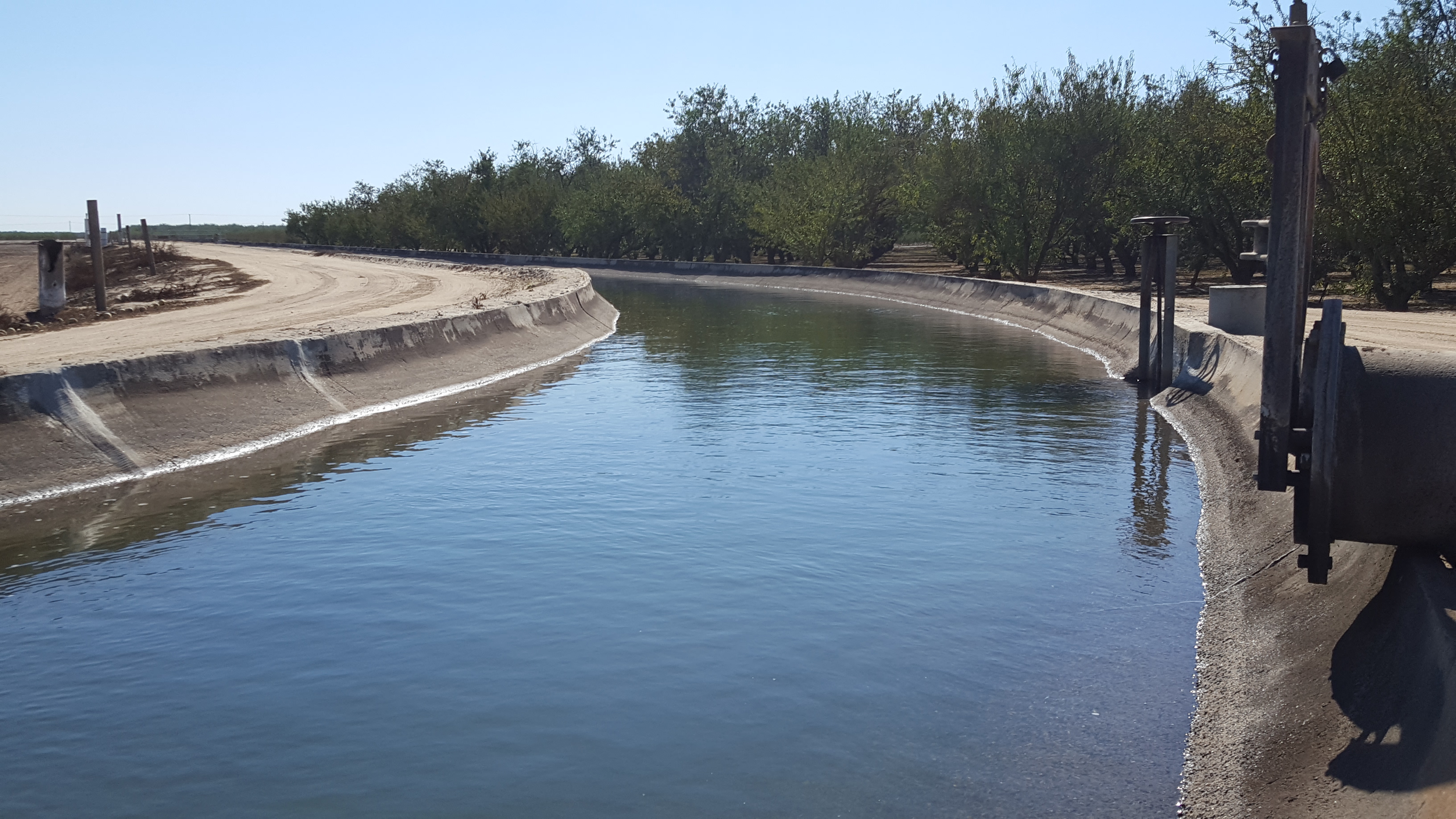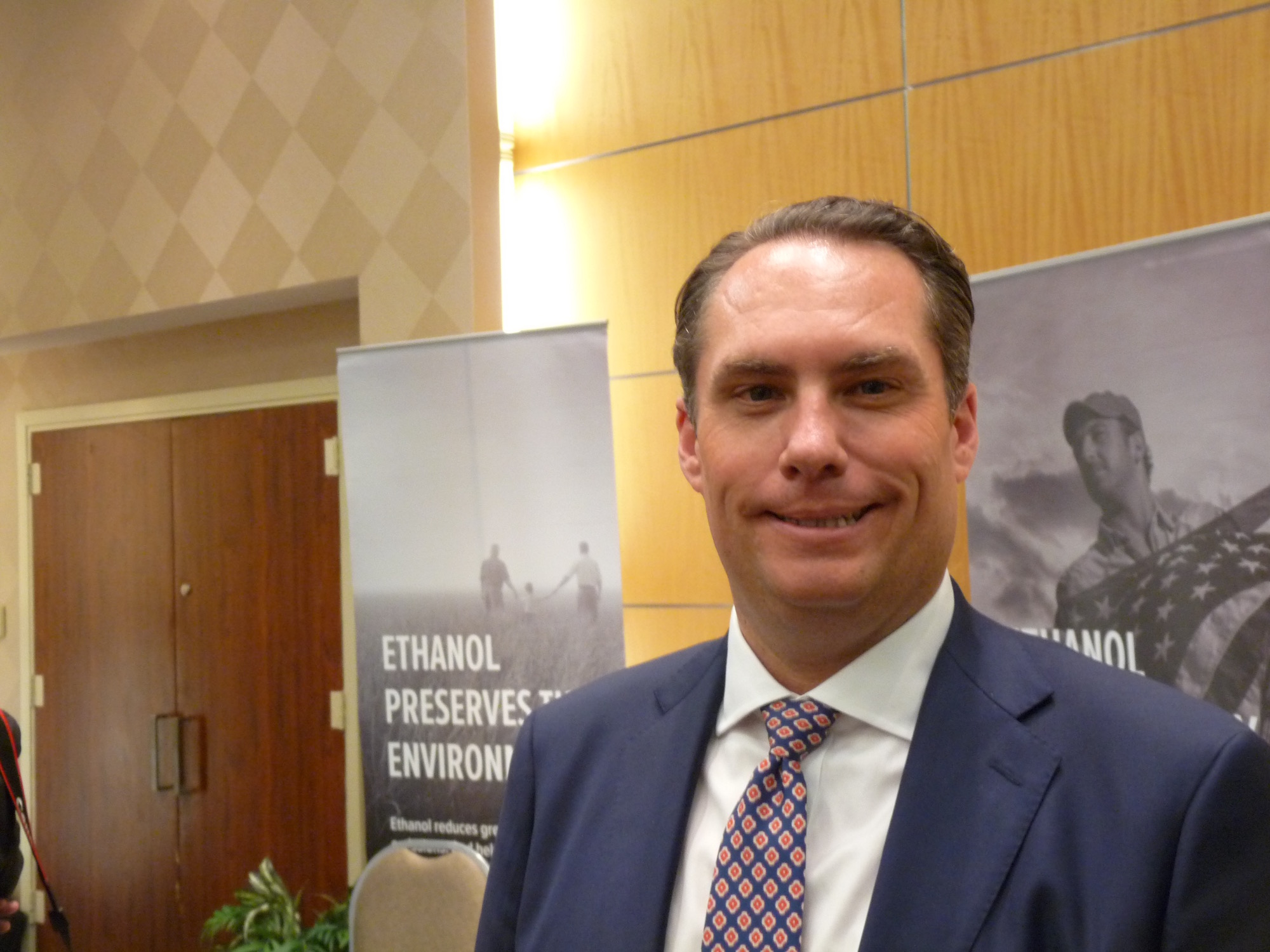Paul Wenger: We Must Take Advantage of Signal to D.C.
California Farm Bureau Federation says Republican President, House and Senate are good news for California Ag
By Patrick Cavanaugh, Farm News Director
At the recent 98th Annual Meeting of the California Farm Bureau Federation (CFBF) there was definitely a positive buzz in the air regarding the recent election.
Walnut and almond grower and CFBF President Paul Wenger said agriculture should take quick advantage of what is an unexpected trifecta.
“During the Bush administration, the Republicans controlled the house and the Senate and also the White House, and we didn’t quite get done the things that we want to get done, but I think there was a signal sent in this last election,” Wenger said. “It surprised everybody. It surprised the Republicans, the Democrats, the Independents – everybody. The establishment. The non-establishment.”
Wenger said the industry has an opportunity to work with the incoming Trump Administration to actually get some things done. “I think the voters sent a very clear signal. We don’t want business as usual. We want to see things get done. People need jobs. People need to be able to not be held down by all this regulatory morasses out there, and so I think in the first 100 days and definitely within the first 14 months, it will make or break this administration,” Wenger said.
“We need to work together. We need to get moderate Democrats with the Republicans. We cannot allow … divisions within the Republican party. We’re lucky to have California Congressman and House Majority leader Kevin McCarthy in a very influential position,” Wenger said. “We have a great list of congressmen around the state – not only in the Republican but the Democrat side – to work together. So let’s solve some problems.”
Wenger noted that agriculture needs relief from the Environmental Protection Agency.
“I think one of the things that the Trump Administration wants to do through the Interior and the EPA is to get some relaxation or some equity in the Endangered Species Act,” Wenger said.
“The Endangered Species Act was put in under a Republican administration, but nobody thought it would be carried out to the extreme that it is. It’s a very immovable object. Let’s get some flexibility in this that gives mankind the same equal footing that we have for other species because we’re dependent upon that water,” Wenger said. “We can have a healthy environment and a healthy economy and produce food, but so far, those doors have been slammed shut, and it’s only one way, and that’s the species way.”
The Trans Pacific Partnership Trade Agreement is another issue. “We’re going to have to work with the Trump Administration. He came out during the campaign, said he was against it. He said he was against NAFTA. We need these trade agreements,” Wenger said. “He said he was going to put up a wall, but the other day he said in that wall there’s going to be doors, so if we can work with this Trump Administration and make sure that we have an available legal workforce, that’s great, but Waters of the US (WOTUS) is dead in the first few days of his administration,” Wenger said. “This will be good for all farmers and ranchers across the country.”
WOTUS is a rule that was a 2015 ruling by EPA as part of the Clean Water Act, which says that the EPA as expanded agency over bodies of water and even low areas of ag land where water can settle. It has been met with lawsuits form many states, and major pushback by agriculture.
Wenger said that the Food Safety Modernization Act (FSMA) may also get another look. “We think there’s a good potential that they’ll take another look at and make it more practical rather than this onerous rule that everybody’s trying to figure out,” Wenger said. “Also, we think the estate tax is something that he’ll take a look at.”
“We’re excited to work with a new administration, see what we can forge in the first 100 days for sure, and at least in the first 14 months so that not only do we have a trifecta for the first two years of his administration, but the last two years too,” Wenger said.







 Lane addressed the difficulty in changing anything on the ESA, “Right now, because of outside litigation pressure, the ESA and its implementation is totally focused on listing. That’s because they’re completely swamped—the United States Fish and Wildlife Service (USFWS) is totally swamped—responding to those listing petitions and subsequent lawsuits.”
Lane addressed the difficulty in changing anything on the ESA, “Right now, because of outside litigation pressure, the ESA and its implementation is totally focused on listing. That’s because they’re completely swamped—the United States Fish and Wildlife Service (USFWS) is totally swamped—responding to those listing petitions and subsequent lawsuits.”








